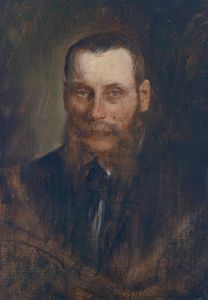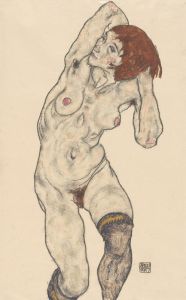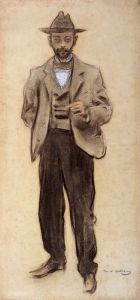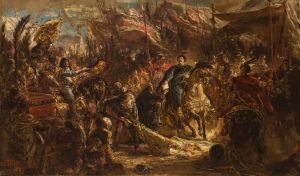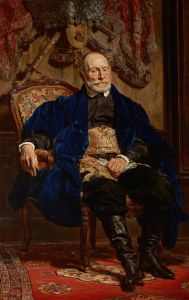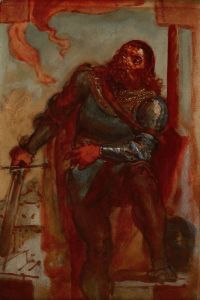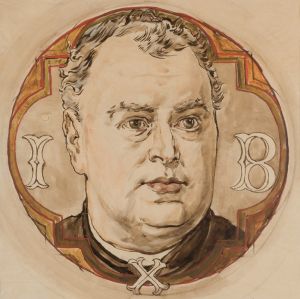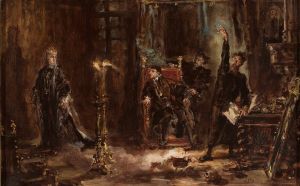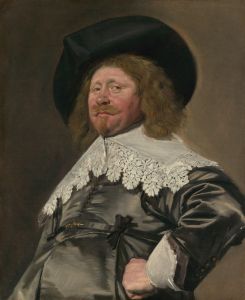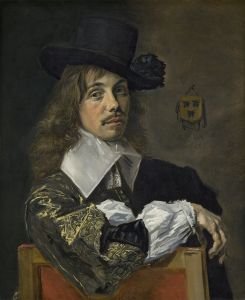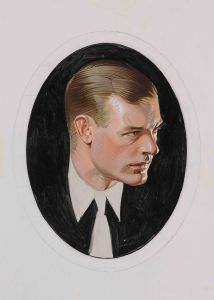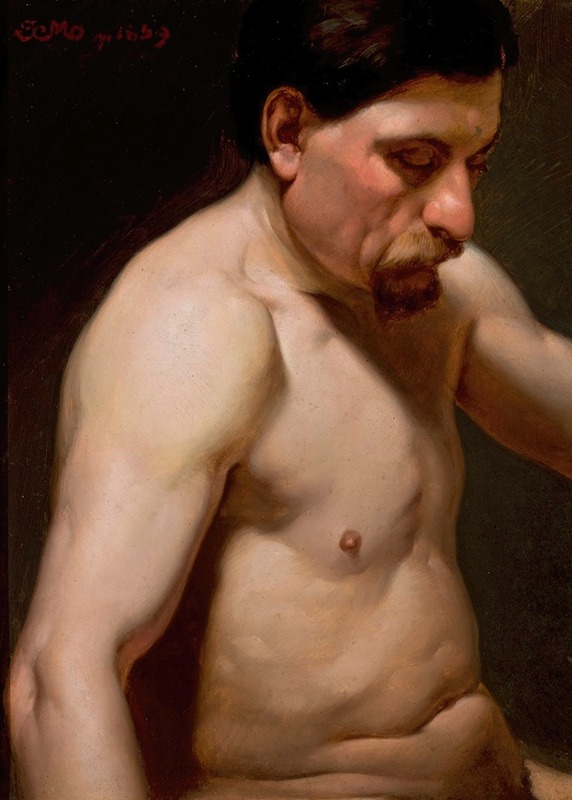
Male semi-nude
A hand-painted replica of Jan Matejko’s masterpiece Male semi-nude, meticulously crafted by professional artists to capture the true essence of the original. Each piece is created with museum-quality canvas and rare mineral pigments, carefully painted by experienced artists with delicate brushstrokes and rich, layered colors to perfectly recreate the texture of the original artwork. Unlike machine-printed reproductions, this hand-painted version brings the painting to life, infused with the artist’s emotions and skill in every stroke. Whether for personal collection or home decoration, it instantly elevates the artistic atmosphere of any space.
"Male semi-nude" by Jan Matejko is a lesser-known work by the renowned Polish painter, who is celebrated for his historical paintings depicting significant events and figures in Polish history. Matejko, born in 1838 in Kraków, was a pivotal figure in 19th-century Polish art, and his works are often characterized by their detailed historical accuracy and dramatic style. While Matejko is best known for grand historical canvases such as "The Battle of Grunwald" and "The Prussian Homage," his oeuvre also includes studies and sketches that reveal his artistic process and interests beyond historical narratives.
The "Male semi-nude" is a study that showcases Matejko's skill in capturing the human form. Although not as widely recognized as his historical paintings, this work is significant in understanding the breadth of Matejko's artistic abilities. It reflects his academic training and his interest in the human anatomy, which was a common practice among artists of his time to perfect their understanding of the human body for more complex compositions.
Matejko studied at the School of Fine Arts in Kraków and later in Munich and Vienna, where he would have been exposed to rigorous training in life drawing. This background is evident in the "Male semi-nude," where the attention to musculature and form suggests a deep understanding of anatomy. Such studies were essential for Matejko, whose large-scale historical paintings required a precise depiction of numerous figures in dynamic poses.
The "Male semi-nude" is likely a preparatory work or an academic exercise rather than a finished piece intended for exhibition. It provides insight into Matejko's working methods and his dedication to mastering the fundamentals of drawing. This study would have been part of a broader collection of sketches and drawings that Matejko used as references for his larger works.
While the "Male semi-nude" does not convey a historical narrative, it is an important piece for art historians and enthusiasts who wish to understand the full scope of Matejko's artistic practice. It highlights his versatility and his commitment to the craft of painting, beyond the historical themes for which he is most famous.
Matejko's contribution to Polish art extends beyond his paintings; he was also a significant cultural figure in Poland, serving as the director of the School of Fine Arts in Kraków. His influence on Polish art and culture is profound, and his works continue to be celebrated for their artistic and historical value.
In summary, "Male semi-nude" by Jan Matejko is a testament to the artist's skill in life drawing and his comprehensive approach to art-making. It serves as a reminder of the foundational practices that underpin even the most elaborate historical compositions, offering a glimpse into the meticulous preparation that characterized Matejko's artistic process.





